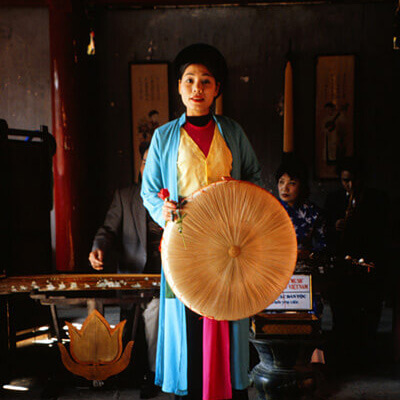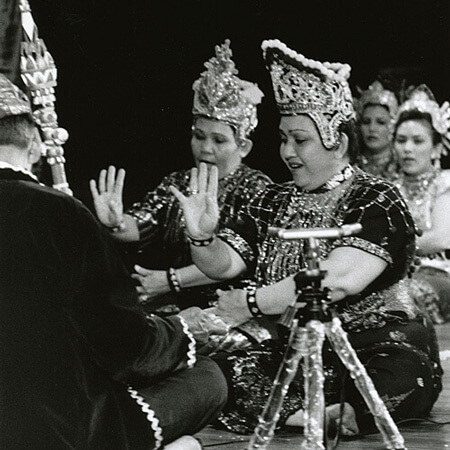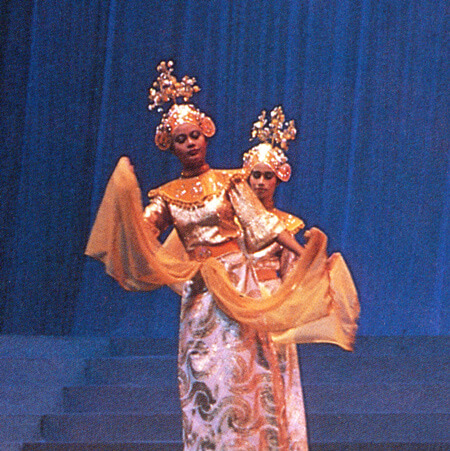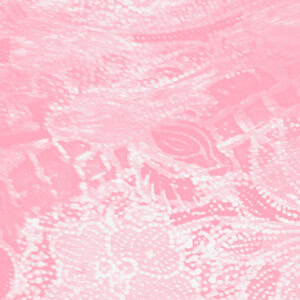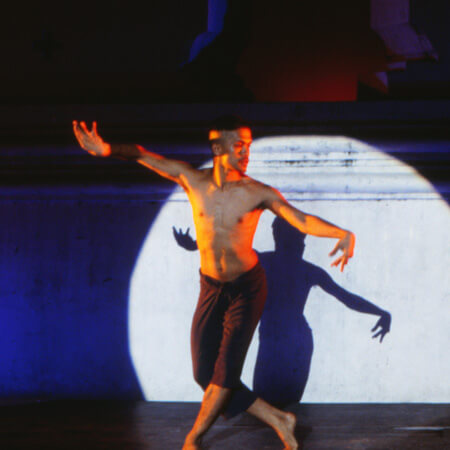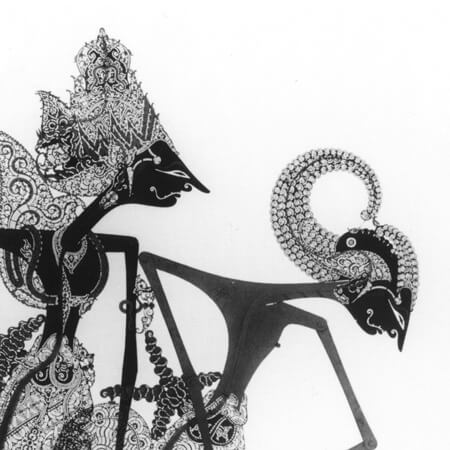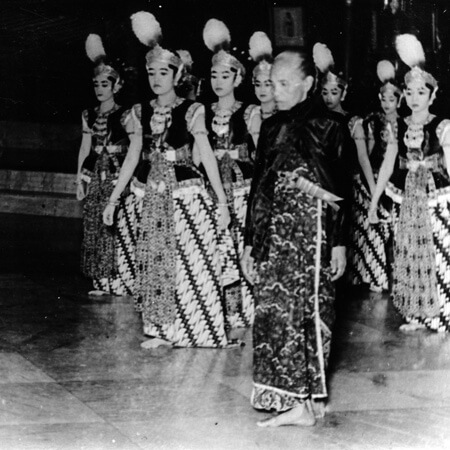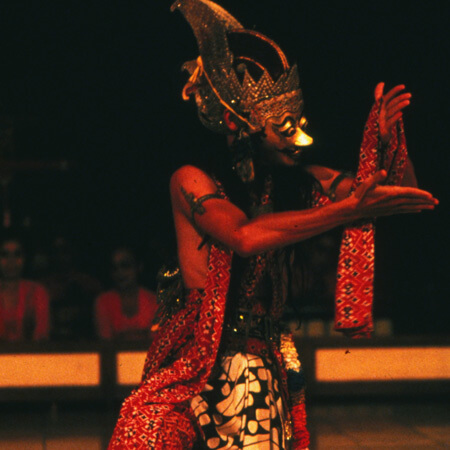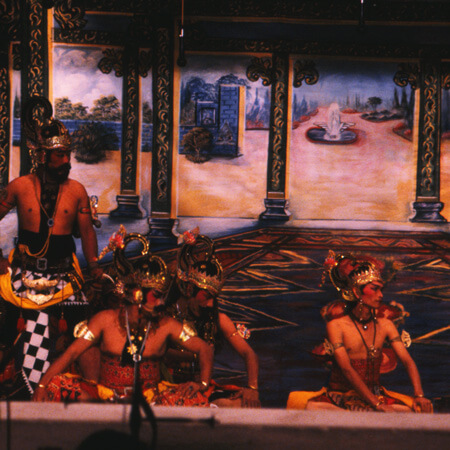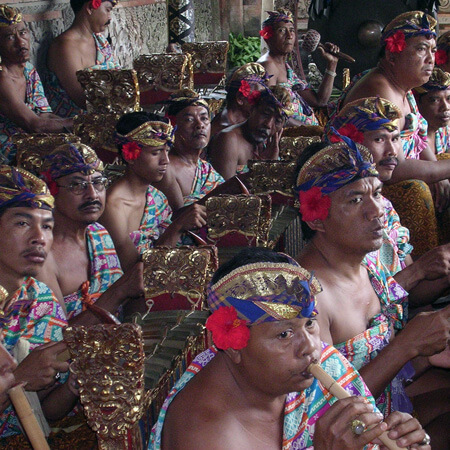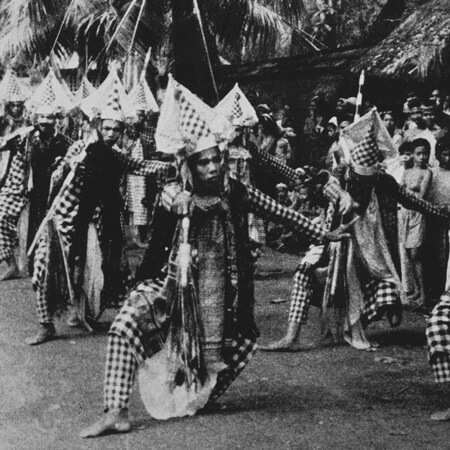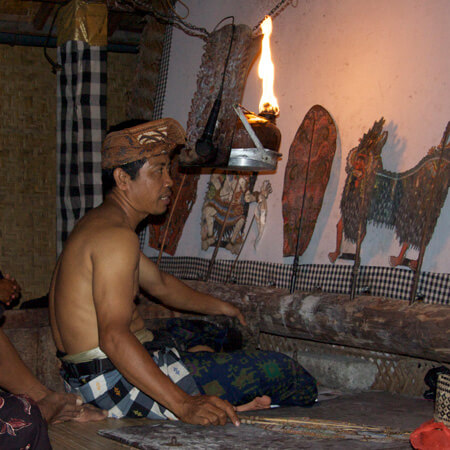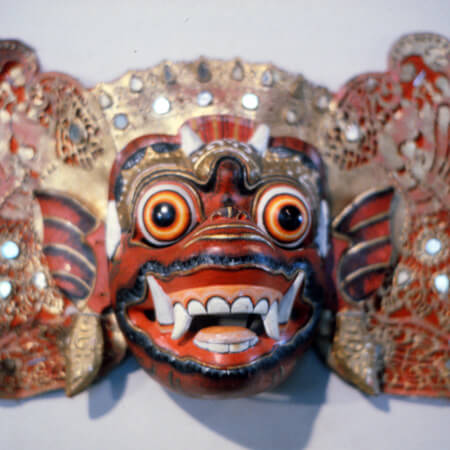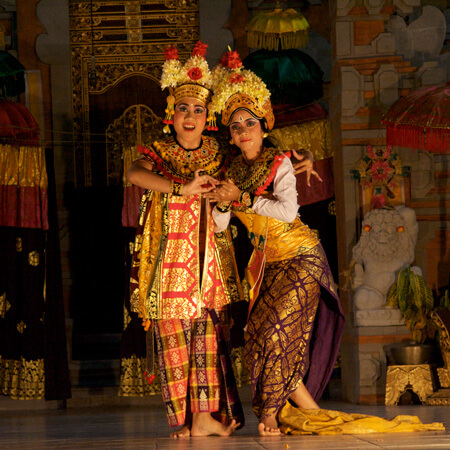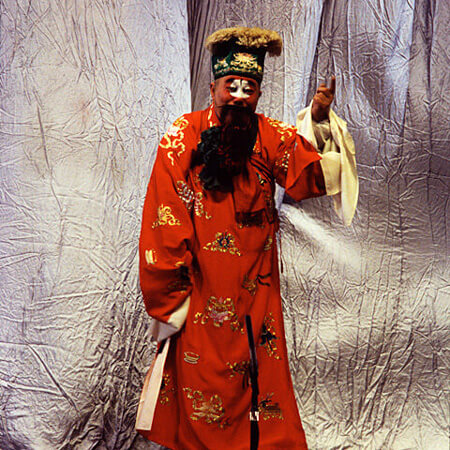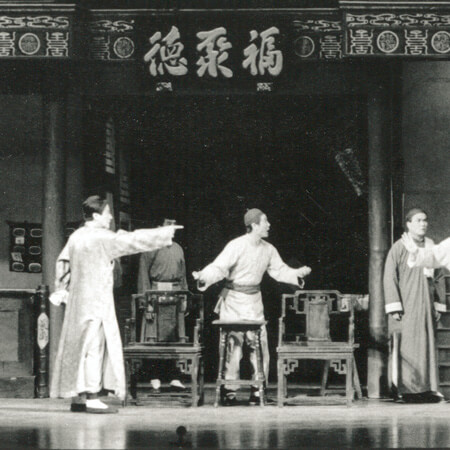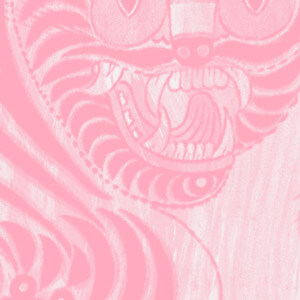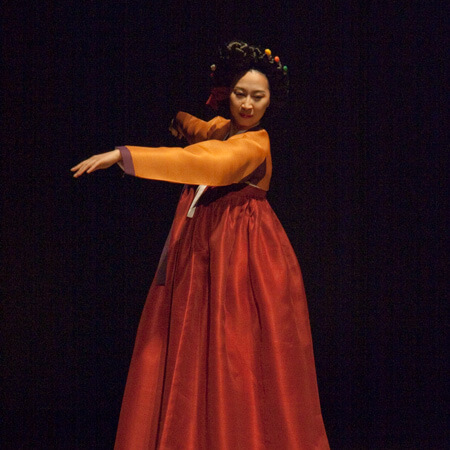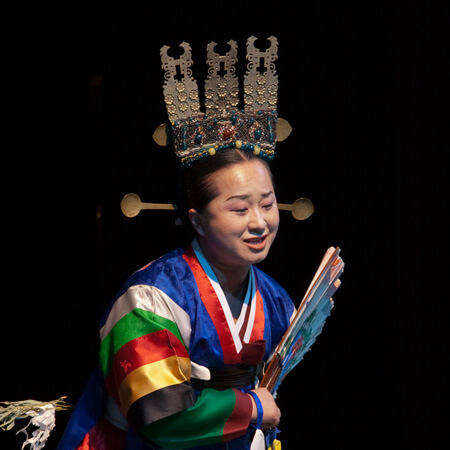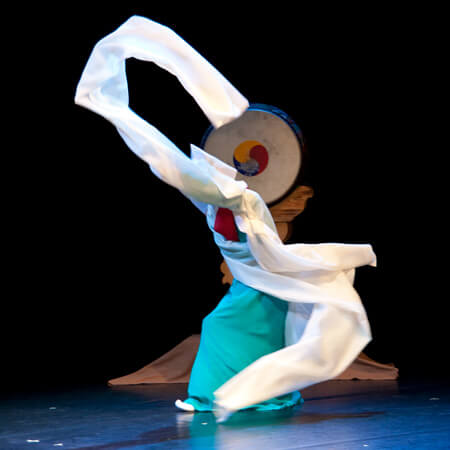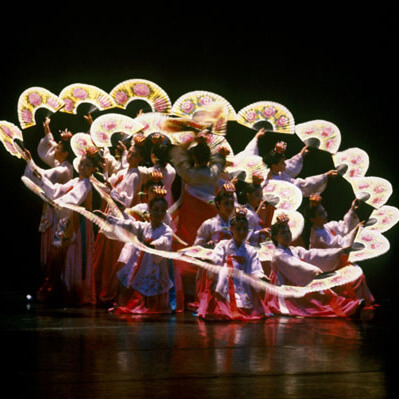Unlike other countries in Southeast Asia, Vietnam developed a form of spoken theatre, the kich, which was inspired by French models. A Western-influenced type of marionette theatre was also introduced in South Vietnam during French rule. A new form of musical theatre was also created. It is cai luong, which combines elements of Chinese and […]
Facts about Malaysia
Malaysia did not exist as a unified state until 1963. Previously, a set of colonies was established by the United Kingdom from the late 18th century, and the western part of today’s Malaysia was composed of several separate sultanates. This group of colonies was known as British Malaya until its dissolution in 1946, when it […]
Silat, Martial Arts of the Malays
A genre of martial arts which is usually called pentjak silat has been practised all over the Malay world and the Indonesian archipelago. Its history is believed to be over one thousand years old. Its roots may lead to Sumatra, although it also clearly reflects Indian and Chinese influences. It includes forms in which various […]
Indigenous Traditions: Main Puteri and Mak Yong
Like most of the Southeast countries, Malaysia also has several theatre and dance traditions that still clearly have their roots in indigenous animism. Many of them have flourished in Sabah and Sarawak and at least two in the Malay Peninsula. These two are the healing ritual called main puteri and an indigenous form of sung […]
Art of the Courts of the Sultans: Disappearing Treasures
Some of the smaller sultanate courts still have their own gamelan-like, percussion-dominated musical traditions and court dances such as the solemn yet sensual ayak-ayak dance. Performances are, however, at present extremely rare, being mainly restricted to court festivities such as royal marriages or the sultan’s birthday. As mentioned in connection with mak yong, no recordings […]
Indian-influenced Forms: Wayang and Nora
For historical reasons, already explained at the beginning of this section, the Malay Peninsula has been in close contacts with both the Indian tradition and the traditions of its neighbouring cultures, such as Sumatra, Java and the kingdoms of Thailand. The Indonesian influence is particularly present in the traditions of Malaysia’s shadow theatre traditions, while […]
Bangsawan, International Popular Theatre
The popular theatre of the Malays is called bangsawan (bangsa: people; wan: noble). Its stories are from Arabian romances, other Islamic literature, and Malay history. They usually deal with rulers and aristocrats and some themes are borrowed from Western theatre. Bangsawan is a kind of melodramatic, semi-operatic form of drama that combines songs with spoken […]
Chinese and Indian Heritage
The significant Chinese community, amounting to roughly one third of the population, brought their once thriving operatic tradition with them. Chinese puppet theatre can also sometimes be seen. The Indian minority in Malaysia cultivates its classical dance traditions to some degree, and the South Indian bharatanatyam solo dance, for example, is now taught and also […]
The Twentieth Century
Malaysia’s traditional performing arts are in a serious crisis. The reason is the multi-ethnicity of the country and the official cultural policy, dictated by the Muslin-dominated bureaucrats. Most of the traditional performing art traditions described above belong to a smaller cultural sphere, main puteri and mak yong to sultanates of the east coast, with its […]
Facts about Indonesia
The Republic of Indonesia comprises 17 500 islands. With its estimated population of around 250 million people it is the world’s fourth most populous country, and has the largest Muslim population in the world. Indonesia is a republic (since 1950 the Republic of Indonesia), with an elected legislature and a president. The nation’s capital, Jakarta, […]
Java, Indonesia’s Central Island
The long history of Java, the central island of Indonesia, is marked by international maritime contacts. The island is a natural crossroads of the sea routes between East and South Asia, and it has been the melting pot of cultural influences for thousands of years. This is clearly evident in the island’s rich traditions of […]
Wayang, The World of Shadows and Puppets
Wayang kulit (wayang: literally shadow, sometimes puppet; kulit: leather or skin) is still the most popular form of shadow theatre in all Asia. It has been extremely important in the development of Javanese theatre, as most of the other forms of classical theatre have derived their story material, stylisation, and many performing techniques directly from […]
Central Javanese Court Dances
Many ceremonial court dances developed in the kraton palaces of Java. They include ceremonial group dances of male dancers reflecting the influence of ancient martial arts. The most famous are the beksa dances of the kraton of Yogyakarta. They were originally performed by two groups of soldiers of the royal guard, depicting scenes of warfare […]
Topeng, Mask Theatre
Java is the home of several mask theatre and dance traditions, which are commonly referred to as wayang topeng (wayang: shadow or puppet; topeng: mask). They are believed to have evolved from early shamanistic burial and initiation rites. Mask traditions universally contain shamanistic features, for when an actor puts on a mask he gives up […]
Wayang Wong, The Court Dance-Drama
In its grandeur and extreme stylisation, the Javanese wayang wong (wayang: shadow or puppet; wong: man) is undoubtedly one of the world’s greatest theatrical traditions. Several forms of large-scale dance-drama are known from the early periods of Javanese history. A literary source from AD 930 refers to the wayang wwang dance- drama, a kind of […]
The Twentieth Century
Until the beginning of the twentieth century much of Java’s traditions of classical dance and theatre discussed above had been closely guarded treasures of the courts. Dance was mainly intended for court rituals, and its training was basically a means of educating the aristocracy and the court. The early years of the 20th century brought […]
The Island of Bali
Though only a small island among the thousands of islands forming Indonesia, Bali is a chapter apart in the field of theatre. Despite the strong influence of increasing tourism since the 1930s, its theatrical tradition is one of the most interesting traditions in the world. Bali has been the home of many unique theatrical genres […]
Ritual and Trance Performances
Bali is the home of many ritual performances that do not exactly correspond to the traditional Western conceptions of “theatre” or “dance”. They are mostly religious rituals, full of magical meaning to their performers and spectators. They may include dances and elements typical of theatrical performances, but are rarely intended for aesthetic or intellectual pleasure […]
Wayang Kulit and Gambuh, The East Javanese Heritage
Two genres of theatre survive in Bali: the wayang kulit shadow theatre and the gambuh court dance-drama, which have preserved the ancient Hindu-Javanese tradition in a possibly more archaic form than any corresponding form of theatre in Java. Between the ninth and the sixteenth centuries Bali had close contacts with East Java, at times belligerent […]
Wayang Wong and Topeng, Forms of Mask Theatre
There are two classic forms of mask theatre in Bali: the wayang wong and the topeng. Both contain features derived from the old Hindu court culture, which was adopted from Java. They developed into their present forms under the patronage of the Balinese courts in the seventeenth and eighteenth centuries, especially in the central court, […]
Legong, Dance of the Maidens
Legong is probably the best-known form of contemporary Balinese dance theatre. It is worthy of this reputation, as this form of dance-drama, performed by mostly three girls, represents the classical standard of Balinese female dance. Legong was created at the turn of the eighteenth century by combining elements from older traditions such as gambuh and […]
Barong, Rangda, and Calonarang
Two mythical beings are ever-present in Bali. They can be seen in travel advertisements and postcards, and their colourful masks are sold everywhere as souvenirs. They are Barong, resembling a lion with its long mane, and the witch Rangda with matted hair and large tusks. Both are invested with a strong aura of magic. Old, […]
The Twentieth Century
The twentieth century brought an end to the isolated tranquillity of Bali. For centuries Balinese culture and theatre had been able to develop undisturbed. Now, influences flowed from all directions: from both the West and the island of Java. However, throughout their history, the Balinese have combined new ideas with old traditions, and foreign influences […]
Facts about China
In a giant country like China with its cultural continuity of several Millennia, there have understandably been and still are countless different forms of the performing arts. Many of the basic elements of Chinese theatre, i.e. poetry, music, dance, and martial arts, are known to have flourished already during the first Millennium BC. By approximately […]
The Early History of Chinese Theatre
As elsewhere in the world, it is also in China that the origins of the theatrical arts seem to lie in early religious rituals, in China most probably in shamanistic rites. China has always been an exceptionally history-conscious culture with a long continuity, and the Chinese system of writing was invented very early. Thus it […]
The Tang Dynasty (618–907)
The International Golden Age The Tang dynasty is often regarded as the classical period of Chinese civilization. It was a relatively peaceful phase in Chinese history. Literature, the visual arts, and music flourished and the theatrical arts were evolving towards their present forms. The most influential capital of the dynasty was Changan (C’hang-an) (currently Xi’an, […]
The Song Dynasty (960–1279)
Chinese Opera is taking Shape After the Tang dynasty the empire split into several smaller states. A new cultural renaissance took place from c. 1000 onwards when the Song dynasty rose to power. At the beginning of the dynasty the capital was Kaifeng in the middle regions of the country, some 500 kilometres to the […]
The Yuan Dynasty (1279–1369)
The Heyday of Chinese Drama Literature Northern China was under the dominance of the Mongol warlike nomad-civilization from c. 1215 onwards, and the whole country came under Mongol rule in 1279. During this new dynasty, the Yuan (Yüan), the Chinese themselves became despised in their own country. Lowest was the status of the inhabitants of […]
The Ming Dynasty (1368–1644)
The Triumph of Kunqu or the “Elegant Drama” The region south of the Yangzi River, Jiangnan (Chieng-nan), maintained its importance as a cultural centre. It was not only a centre of the arts and passive resistance; it was there where a successful rebellion arose. It was led by a Buddhist monk, Zhu Yuanzhang (Chu Yüan-chang), […]
Regional Operas
An Abundance of Opera Styles Around China there is a plenitude of different styles of regional operas. These regional or local operas are called difangxi (ti-fang-hsi). According to different estimations and ways of classification, their number varies from approximately 100 to 360. They differ mainly in their dialects and in music and in their accompanying […]
“Theatre of the Capital” or the Peking Opera
A Creation of the Qing Dynasty (1644–1911) During the Qing dynasty (1644–1911) China was again ruled by foreigners, this time by the Manchus. They, however, greatly appreciated many aspects of Chinese culture and thus the Qing dynasty was, in fact, a fruitful period for the arts. The beginning of the dynasty was overshadowed by riots […]
Chinese Theatre and Dance in the 20th Century
The gradual decline of the Qing Dynasty led to a long period of political unrest and turmoil. During the period of the Republic of China (1912–1949) traditional forms of Chinese theatre were still performed throughout the huge country. International contacts, particularly with the West, led, however, to new kinds of experiments and innovations in the big metropolises. […]
The Cultural Revolution
After the start of the Cultural Revolution (1966–1976) headed by the infamous Gang of Four, including Mao’s wife Jiang Qing, all traditional forms of theatre were prohibited. Jian Qing had already inspected some 1000 Peking operas and suggested banning most of them. Now it was the Party’s literature committees that dictated what was allowed to […]
After the Cultural Revolution
The political situation and, consequently, cultural climate changed drastically after Mao Zedong’s death and the fall of the Gang of Four in 1976. In the same year a list of 41 Peking operas was published, which could now be included in the repertory of opera troupes instead of the model dramas and ballets. Gradually, interest […]
Shadow and Puppet Theatre
Several forms of shadow and puppet theatre have flourished in China during the centuries. The history of shadow theatre in China may indeed be very long. A legend from the 1st century BC tells about an emperor who has lost his beloved and how a shaman brings her back to the emperor in the form […]
Facts about Korea
Since 1948 Korea has been divided into two states, into democratic South Korea (Republic of Korea) and into single-party, communist North Korea (Democratic People’s Republic of Korea). Before the division the regions shared, to a great extent, a common culture.
The Historical Outline
According to linguistic and archaeological evidence it is believed that the Korean people were Altaic language-speaking emigrants from the Siberian region. They are believed to have arrived in the Korean peninsula in successive waves starting in the Neolithic Age. The influence of Chinese civilisation has left decisive imprints on Korean culture. The Chinese writing system […]
Layers of Korean Culture
In the Korean performing arts, as well as in culture in general, one can clearly recognise distinctive layers. It is now generally agreed that the oldest layer is formed by shamanism, which is believed to have originally been connected to the so-called Northern Shamanistic Belt, extending from the Korean peninsula to Central Asia, Siberia and […]
Korean Shamanism, The Origins of Indigenous Culture
Korean shamanism covers magic-religious rituals, both communal and private ones. In these rituals the focus is on both the shaman’s (mudang) individual experience as well as on the shaman’s hereditary abilities to contact the spirit world, inhabited by various shamanistic gods. With its history of some five thousand years, shamanism is the oldest belief system […]
Korean Dance
Korea has an exceptionally rich dance culture and, as in most Asian countries, Korean traditional theatre also employs dance or at least a dance-like, stylised movement technique. The Korean dance technique seems to stem from shamanism, as the dance movements grow from breathing, regulated according to the tempo of the music. The tempo is often […]
Shamanistic Dance, Purposeful Ecstasy
The dance of the shamanistic gut ceremonies may look spontaneous, even completely improvised. However, it has its own rules and regulations. Its main elements are soft steps, flowing arm movements and whirling. It is during the dance that the shamans get in contact with the spirit world. During the whirling movements directed to the left, […]
Other Ritual Dances, Solemn Ceremonies
Korea is a storehouse of many old types of ritual dance that are rare elsewhere. They were partly inherited from China, where they have now completely disappeared. Besides the shamanistic dances, ritual dances include Confucian and Buddhist dances. Both Confucianism and Buddhism entered Korea from China. As in China, so too in Korea, Confucianism has […]
Court Dances, Restrained Elegance
Korean court dances (chongjae) have an exceptionally long, uninterrupted performance tradition. Early literary sources tell us that two court dances were already being performed by a famous dancer during the period of the Kaya Kingdom (42–562 AD). Many of the Korean court dances were adopted from the China of the Tang Dynasty during the United […]
The Dances of the Professional Entertainers, The Early “Art” Dances
In Korea there has been a particular class of female entertainers which can be compared to the Japanese geishas. In Korea these public performers and entertainers are called kisaeng. Like the geishas, the kisaeng women were also often well trained in various forms of the arts, such as music and dance. The performances often took […]
Talchum, Mask Theatre and Satirical Folk Dances
In Korea there are over ten different types of talchum mask dance-dramas originating from all parts of the country. All of them combine dance music, and spoken lines. The steps, movements and mask systems vary from region to region and usually the traditions are named after their birthplace. All the forms of talchum mask theatre […]
Pansori, the Art of Storytelling
Pansori is Korea’s still thriving storytelling tradition. In pansori a singer, who employs stylised speech, expressive declamation and heartbreaking singing, narrates well-known epic stories accompanied by a drummer. Originally, pansori artists were men, but nowadays female singers are also more common. Like storytellers in general, pansori singers also create intensive contact with the spectators, who […]
Changguk, Korean “Opera”
Video clip: Changguk; allots the characters of the pansori stories to several actors Veli Rosenberg Changguk is a form of sung drama evolved from pansori storytelling. Originally, they shared a common repertoire and musical style. In pansori one singer acts both as the narrator and is also responsible for the lines of the various characters, […]
South Korean Theatre and Dance in the Twentieth Century
The development of South Korean theatre and dance in the 20th century has been dominated by two, apparently contradictory trends. On the one hand, Western influence has been adopted and adapted enthusiastically, while, at the same time, serious attempts have been to study and revive original forms of the Korean performing arts. These seemingly completely […]
North Korea
It is difficult to know what the state of the traditional performing arts is like in totalitarian North Korea. It seems that its cultural life concentrates, to a great extent, on upholding the cult of the “Eternal President” Kim II-sung and the achievements of the Korean Workers’ Party. As the outside influences entered Korea from […]
